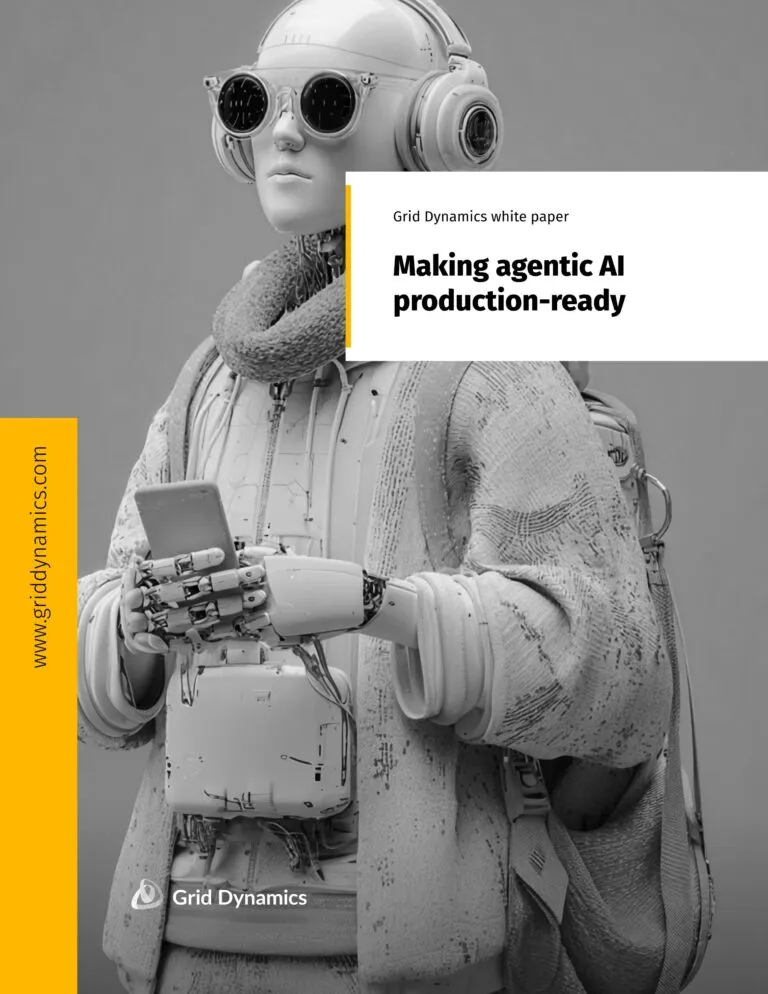Use cases
RISK MANAGEMENT
Reduce downtime
Our predictive maintenance platform provides actionable guidance that helps to reduce asset downtime, prevent failure propagation, and sharply mitigate the risk of major losses and liabilities.
OPTIMIZATION
Reduce maintenance costs
The predictive maintenance platform tracks the risks associated with individual components and optimizes maintenance schedules to reduce labor and parts costs. Our topology-aware models account for relationships between sensors and components and can assess the risks that individual component failures pose for the entire process.
OPTIMIZATION
Extend remaining useful life
Our solutions help to extend the remaining useful life of assets through condition monitoring and risk assessment. Insights into risk drivers enable usage patterns, battery charging schedules, and maintenance operations to be optimized in a way that maximizes an asset’s useful life.
BUSINESS OPPORTUNITIES
Provide remote diagnostics services
Our platform provides all the components needed to collect IoT data at scale, detect anomalies, analyze risks, and troubleshoot issues. These capabilities enable manufacturers to provide remote diagnostics and other value-added services to their clients in a cost-efficient way.
RISK MANAGEMENT
Predict failures in real-time
We use advanced models that analyze both single-metric and cross-metric patterns, taking sensor and component topologies into account. This helps to reduce the percentage of false positives and enables reliable real-time risk scoring.
TROUBLESHOOTING
Perform root cause analysis
In complex manufacturing and transportation environments, identifying the source of anomalous metrics and high risk scores can be challenging. Our platform uses a unique model design that helps to perform root cause analysis and provides specialized tools and dashboards that operations teams can use to investigate the troubleshoot issues.
Our clients
MANUFACTURING & CPG
FINANCE & INSURANCE
HI-TECH
RETAIL
HEALTHCARE
Scenarios
Vehicles
- Collect near real-time telematic data from mining trucks and machinery, warehouse forklifts, and on-road vehicles
- Optimize maintenance schedules and maintenance packages offered to vehicle owners
- Accelerate responses to requests for roadside assistance with diagnostic and location data from connected vehicles
- Optimize usage and charging patterns for EV vehicles
Industrial robotics
- Collect sensor data from assembly lines, heavy machinery, and robots
- Receive health reports that measure servo stress over time
- Identify early signs of mechanical failure and avoid major breakdowns
- Detect issues in early stages and prevent failure propagation
- Estimate robot service life and optimize maintenance schedules and costs
Telecommunication networks
- Collect bitrate data and that from temperature sensors, radio network controllers (RNCs), and other sources
- Reduce unplanned emergency work and perform maintenance only when necessary
- Increase network utilization and availability
- Reduce operational expenses by increasing the operations team’s productivity
- Reduce customer churn by improving the customer experience
Smart buildings
- Collect signals from gas, CO2, air pressure, noise, and vibration sensors
- Optimize regular inspections of equipment
- Identify, repair, and replace any defective equipment parts before a major breakdown
- Adjust controls for optimal performance and energy efficiency
- Identify moving parts that need to be lubricated to reduce wear-and-tear
How to get started
We provide flexible engagement options to help you build predictive maintenance solutions faster. Contact us today to start with a workshop, discovery, or proof of concept (POC)
Workshops
We offer free half-day workshops with our top experts in data science and predictive maintenance to discuss your processes, analytics tools and technologies, and opportunities for improvement.
Proof of concept
If you have already identified a specific use case for anomaly detection, we can usually start with a 4‒8 week proof-of-concept project to deliver improvements and tangible results.
Discovery
If you are in the requirements analysis and strategy development stage, we can start with a 2‒3 week discovery phase to identify the right use cases for predictive maintenance and anomaly detection, design your solution or product using industry best practices, and build a roadmap.
More Enterprise AI Solutions
IoT & Edge computing solutions for enterprise
Accelerate IoT analytics and smart manufacturing with enterprise-grade platforms



